Australia/ February 13, 2018/By: Emily Baker/Source: http://www.smh.com.au
Duffy Primary was the best fit for Allan Liang. Autism Spectrum Australia felt it, and so did his mum, Nancy Ju.
It’s a 20-minute drive from their Chisholm home but Allan, now nine, is thriving in Duffy’s learning support unit. He’s made great progress. But Ms Ju is desperate for help in getting him to school each day, a task made difficult by her worsening mental health.
Despite pleas from her psychologist, representations from Labor MLAs and low-level advocacy by community organisations, the Education Directorate and Transport Canberra have refused Allan access to special needs transport.
The directorate argues Allan could attend a closer school and has repeatedly pointed to Ms Ju agreeing she would organise Allan’s transport when enrolling him at Duffy Primary in 2014.
But Ms Ju, a single parent from a non-English speaking background, said she agreed to the condition as she was given a day’s deadline to get him enrolled. Her health has declined since then. She claims another student in Allan’s autism unit was offered transport support, though the Education Directorate said it was «not aware» of students using special needs transport to travel from Tuggeranong to Duffy Primary.
«Special needs transport is provided by Transport Canberra for students to travel to their closest appropriate and available learning support program,» a directorate spokesman said.
«It is not normally available if a family chooses a different program in a further location.»
The situation has become a bureaucratic nightmare for Ms Ju, who has been repeatedly encouraged to access transport funding through the NDIS only to be knocked back because Allan attends a school outside his priority enrolment area.
In a statement on Friday, the Education Directorate again suggested Ms Ju «discuss this further» with the National Disability Insurance Agency. The NDIA told her in December it was unable to fund special needs transport without the permission of the Education Directorate.
Ms Ju is adamant her son stay at Duffy Primary.
«Allan has shown many positive improvements since he attended the autism unit at Duffy Primary,» Ms Ju said.
«He requires being secured with this environment for his education with consistency and the routine that he is familiar with.
«In the past three years, the stress of challenging this unfair condition has impacted on my mental health. Additionally, there has been the significant financial impact as a result of that unfair condition being imposed.»
The Education Directorate spokesman said: «The Education Directorate understand the frustration of the family regarding this situation.
«The directorate and schools work hard to accommodate the needs of all students and school communities as much as achievable.
«In a situation like this, families are advised that enrolling a student in a learning support unit at a school that is not nearby, when programs are available closer to home, will usually mean that special needs transport is not provided.»
The spokesman said it had also encouraged Ms Ju to «continue to seek support from the ACT Disability, Aged and Carer Advocacy Service».
Source:
http://www.smh.com.au/act-news/chisholm-mum-pleads-with-education-directorate-for-special-needs-transport-20180209-h0vurm.html
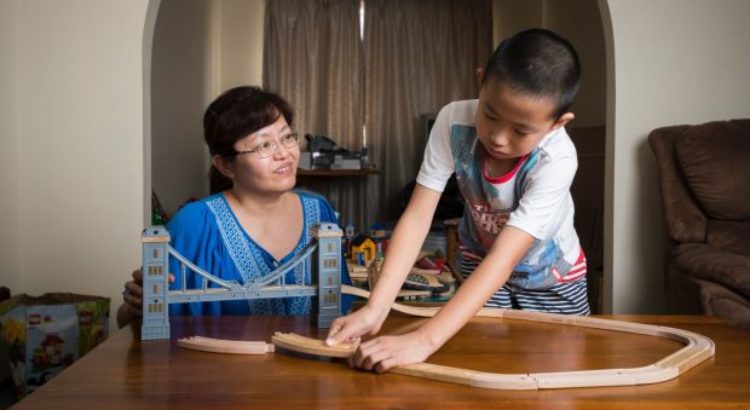
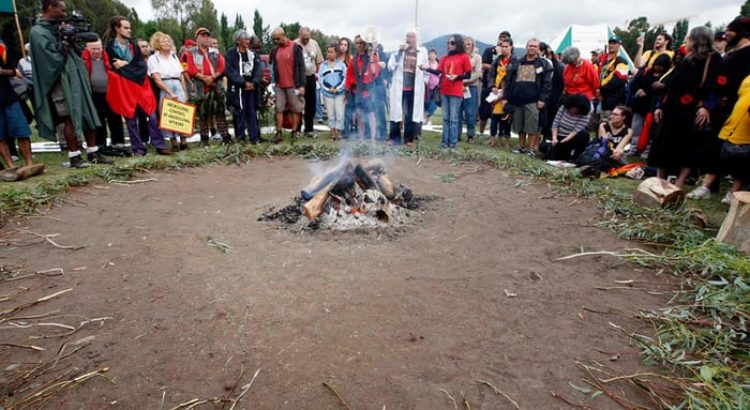
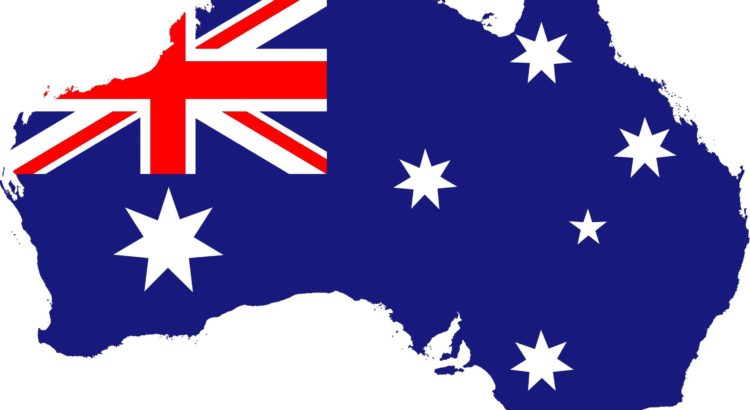



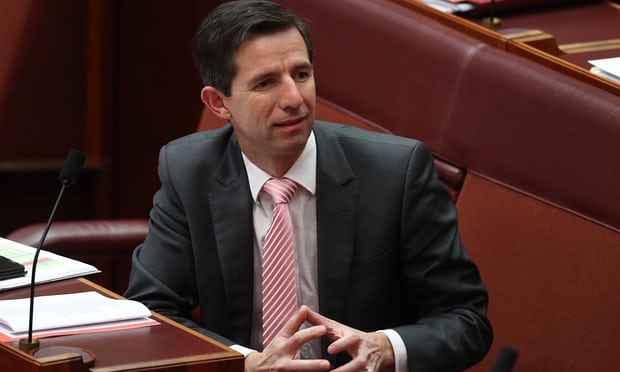

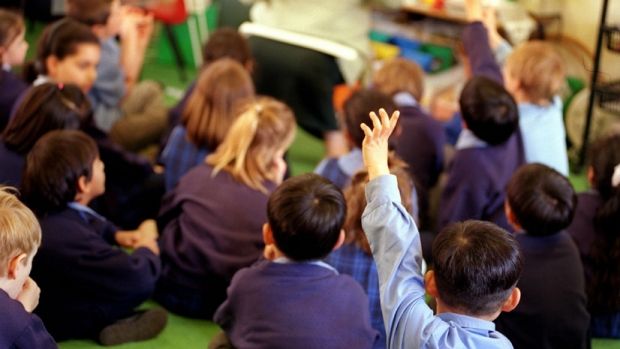
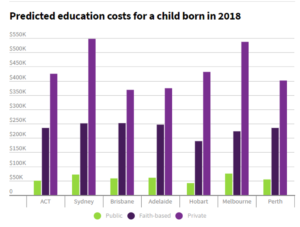






 Users Today : 161
Users Today : 161 Total Users : 35459756
Total Users : 35459756 Views Today : 307
Views Today : 307 Total views : 3418279
Total views : 3418279